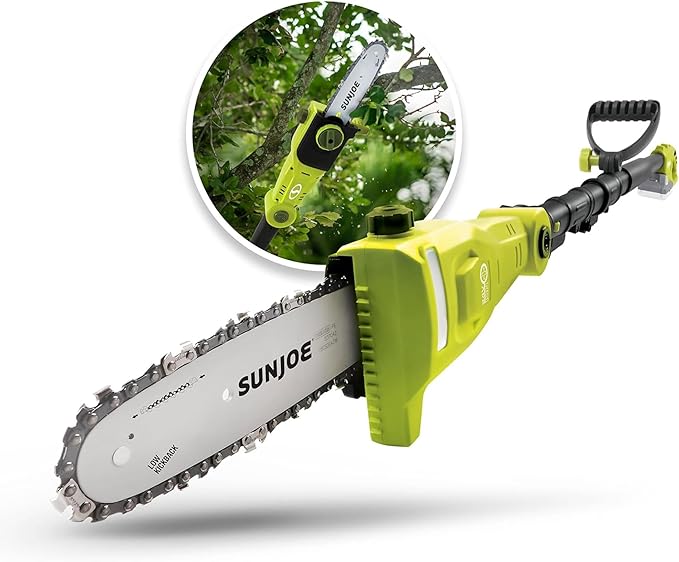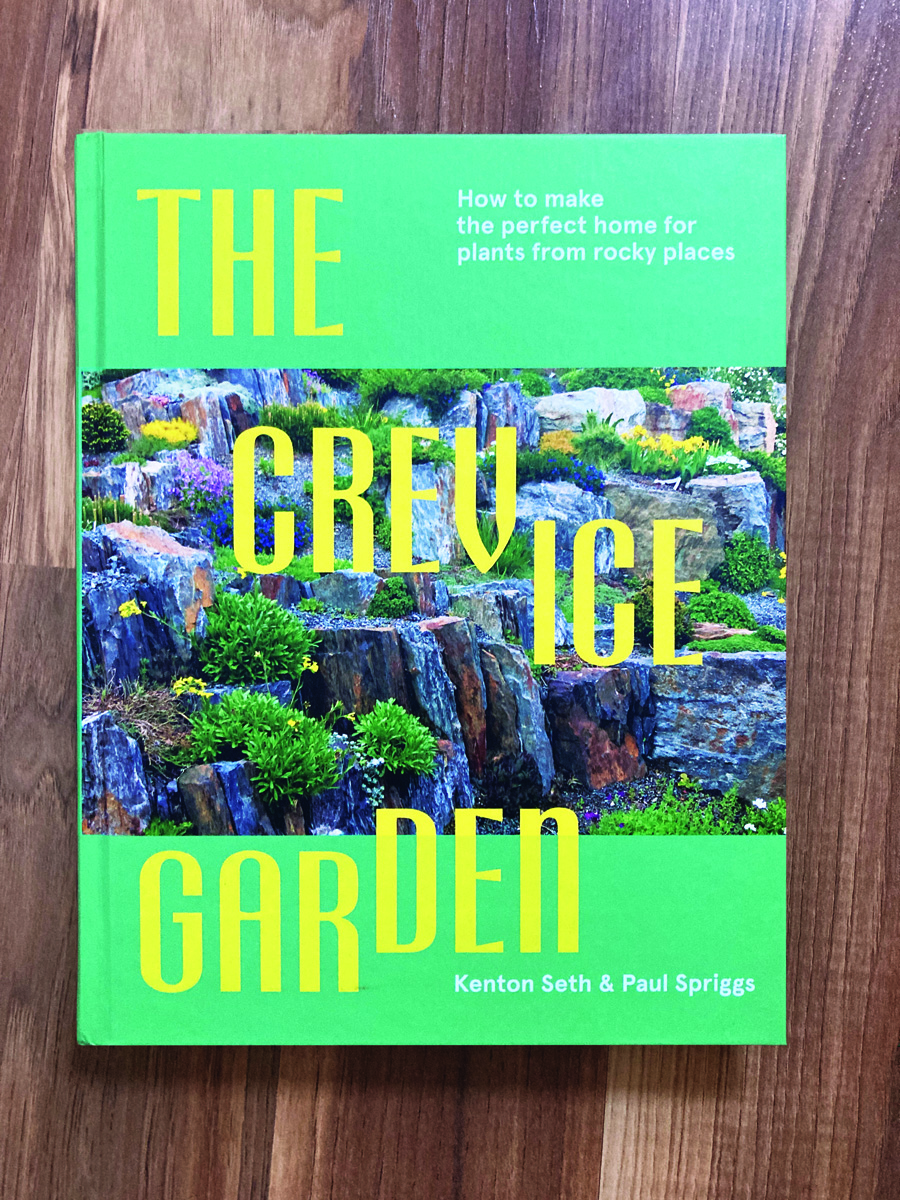
If you live in the Southwest, you understand how drastically the temperatures can vary from day to night. Sometimes the temps can drop 30 to 40°F, so finding plants that can withstand these dramatic changes is essential in creating a garden that flourishes. Keeping in mind that there are always special circumstances to every space, we’ll share several tried-and-true cold-hardy succulents that have proven themselves worthy of the name.
Learn more: Tips for Growing Cacti and Succulents in Cold Zones

Texas sotol
Let’s start with a favorite, Texas sotol (Dasylirion texanum, Zones 7–10), which is a fantastic way to add depth, texture, and movement to your gardens. Texas sotol (also known as desert spoon) is native to Texas and the Chihuahua region of Mexico. The skinny leaves are a beautiful light green with small spikes along the edges. The trunk of the plant is short and typically partially buried in the ground. With leaves that spread 3 to 5 feet wide, this plant’s flowers can shoot up to 15 feet high. When in bloom, these beautiful white flowers attract hummingbirds. Texas sotol can be used in groupings, as borders, and even in containers. The architectural design of this succulent can create a stunning visual impact in a lackluster garden spot. Common sotol (Dasylirion wheeleri, Zones 6–10) is another beautiful species with foliage that is more blue-gray than green. It’s native to Arizona, New Mexico, and northern Mexico. A popular use of this plant is to create sotol, a distilled spirit similar to tequila and less smokey than mezcal.

Hens and chicks
Another household favorite that holds up quite well in cooler temperatures is hens and chicks (Sempervivum spp. and cvs., Zones 4–9). With over 50 different species (not including hybrids), you can find just about every color, shape, and size of hens and chicks these days. Hens and chicks can withstand temperatures as cold as –30°F, giving it the ability to handle the desert’s cool winter nights. The rosettes of different hens and chicks can vary in size from half an inch to 6 inches wide. They make beautiful additions to any walkway or garden, especially rock gardens. Hens and chicks is deer resistant and (to my surprise when I found out) is also edible for humans and can be eaten as a winter vegetable. Apparently, hens and chicks is sometimes also referred to as house leeks in Europe for this reason. Due to its ability to retain water, hens and chicks was planted on thatch roofs by European peasants to help prevent house fires during lightning storms.

Queen Victoria agave
Our final cold-hardy suggestion is Queen Victoria agave (Agave victorae-reginae, Zones 9–11). This show-stopper is petite compared to some of its relatives. It contains a rosette made of dark green foliage with white markings and grows 1 to 2 feet high and 18 inches wide. Once established, this plant does not need much water. The less you water it, the tighter the rosette will be. The more water the plant receives, the wider it will splay. This slow grower will eventually produce a bloom reaching 4 feet high. This bloom, which creates beautiful reddish-purple flowers, will eventually kill the plant, although they can live many years before flowering. Most agaves are monocarpic, which means that they flower only once and then die. When the plant dies, it typically is replaced by a number of small new rosette plants called “pups.” Some would argue that agaves are not true monocarpic plants, since they produce pups before dying off. Since Queen Victoria is smaller than many other agaves, it is a great option for tighter spots in your garden or for containers. Just make sure it has a sunny spot and it will bring years of interest to your gardens. Although references show Queen Victoria only hardy to Zone 9, ours experience very cold temperatures during the winter months, including occasional snow and daily frost, and they are still thriving.

Surprisingly, there are many cold-hardy succulents that thrive in the colder months of the Southwest. Local nurseries are a great resource for finding other location-specific options for your gardens. We have found that even within Tucson city limits, the temperature can vary 10°F depending on how close or far you are from the foothills. Because of this, there’s a lot of trial and error when it comes to finding what thrives for each individual garden. We are firm believers that plants don’t need flowers to make a garden beautiful and full of color. We love anything textural, which all of these succulents are. Enjoy the cooler temperatures and keep digging!
—Sheila Schultz and Laurel Startzel are a mother-daughter duo who founded Denver Dirty Girls Container Gardening while living in Denver and have continued their business since moving to Tucson, Arizona.
Fine Gardening Recommended Products

Sun Joe Cordless Telescoping Pole Chain Saw
Fine Gardening receives a commission for items purchased through links on this site, including Amazon Associates and other affiliate advertising programs.

The Crevice Garden: How to make the perfect home for plants from rocky places
Fine Gardening receives a commission for items purchased through links on this site, including Amazon Associates and other affiliate advertising programs.



















Comments
Log in or create an account to post a comment.
Sign up Log in